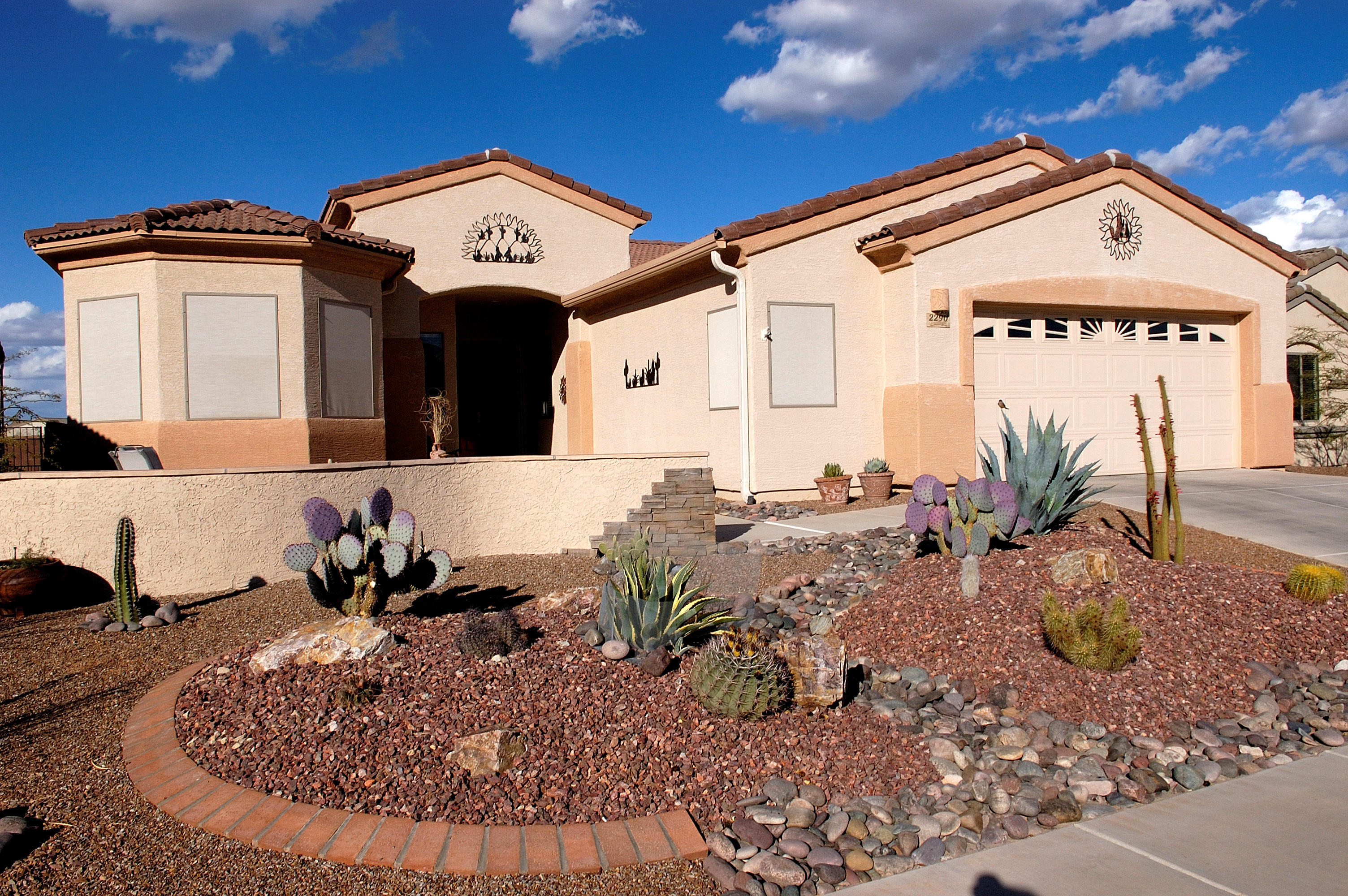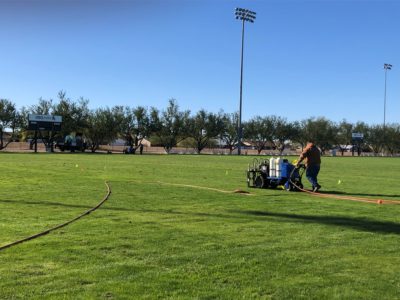
Determining Optimal Irrigation Regimes for Residential Landscapes
Determining Optimal Irrigation Regimes for Residential Landscapes
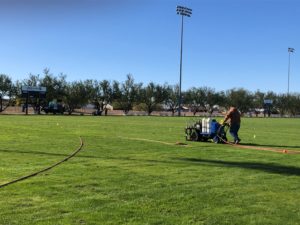
At West Campus of ASU, CAP researchers are currently testing the use of a polymer developed and used in California that gets injected into turf soils to help retain water and reduce irrigation needs. It’s the first test of that polymer in Arizona (truly arid desert compared to where it was developed). It’s a project with the University Sustainability Practices & Bureau of Reclamations. “Installation1” is the equipment the company used to inject the polymer.
Credit: JoEllen Alberhasky
Soil moisture dynamics were modeled using soil moisture data from the long term experimental landscapes at our North Desert Village experimental neighborhood. The relationship between irrigation schedules and plant stress differed by landscape type, which has implications for optimal irrigation regimes.
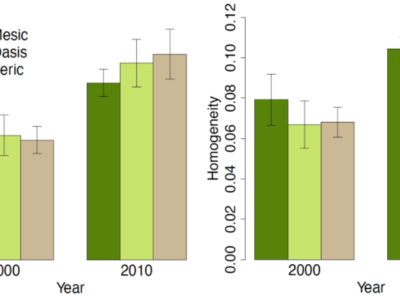
Effects of the 2008 Great Recession on Residential Landscapes
Effects of the 2008 Great Recession on Residential Landscapes
Widespread loss of management (irrigation, weeding, planting, fertilizing) occurred when people were forced to leave their homes, driving an increase in post-recession plant species richness and community homogeneity as abandoned yards were taken over by weedy annual species.

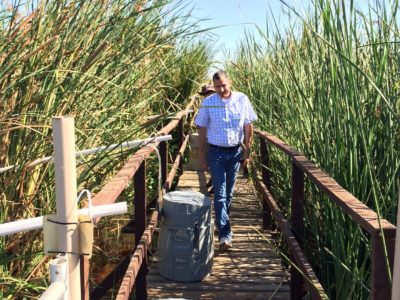
Plant Mediated Control of Surface Hydrology in a Constructed Wetland
Plant Mediated Control of Surface Hydrology in a Constructed Wetland
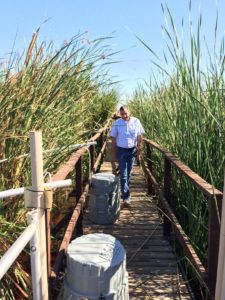
ISCO autosamplers were placed along the length of the flume, at strategic locations, to capture the movement of the fluorescent dye. These dye studies not only confirmed that the Biological Tide generated surface currents in the marsh, but the water residence times calculated from these studies closely matched those calculated from the ARC team’s water budgets.
Credit: CAP LTER
Plants at the Tres Rios constructed wastewater treatment wetland were found to be highly productive, transpiring large volumes of water, particularly in the hot, dry summer. A plant driven “biological tide” brings new water and nutrients into the marshes to replace these transpiration losses, making a treatment wetland more effective than if it were located in a cooler or more mesic environment.
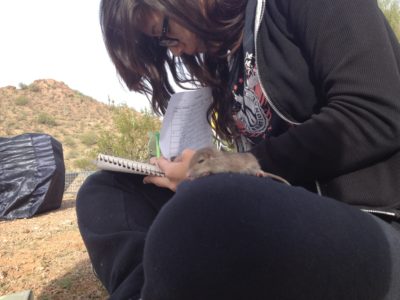
Urbanization Patterns and their Impacts on Biotic Diversity
Urbanization Patterns and their Impacts on Biotic Diversity
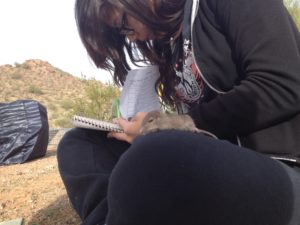
Former student Jessica Alvarez Guevara doing her population survey of small mammals inside/outside urban Phoenix. She was letting the pocket mouse warm up from her body heat before releasing him so that he wouldn’t be a target for predators.
Credit: Becky Ball
An experiment that manipulated food resources and predation showed that different factors regulate plant-associated arthropod communities in desert and urban habitats. Bottom up factors were most influential in desert habitats, while urban arthropods responded to a complex set of relationships among climate, plant growth, and predation. Long term research at 12 riparian sites showed that engineered sites supported more generalists while native desert sites supported more specialists. Bird abundance, species richness, and diversity decreased across all riparian types from 2001-2015, and the riparian bird community is shifting towards one characteristic of more engineered sites with less water.

Importance of Household Decisions
Importance of Household Decisions
Residential landscapes are a critical ecological feature of the urban ecosystem because they are widespread and are made up of highly designed and managed combinations of plants (e.g., landscaping) and animals (e.g., pets). For example, as Phoenix has urbanized, native Sonoran desert ecosystems have been replaced by an “urban oasis” that includes both lush, watered lawns and carefully managed desert-like landscapes. CAP’s socio-ecological research evaluates the household decision-making, perceptions, and priorities that result in particular residential landscapes.
LTER research at the CAP, BES, and PIE sites reveals numerous complex interactions between social and ecological systems that occur at the scales of households and neighborhoods. Researchers have shown that:
- Household income is correlated with plant and bird diversity
- People tend to manage their front yards and back yards differently due to social considerations
- Preferences and attitudes for residential landscapes depend, in part, on history, gender, culture, and economics

